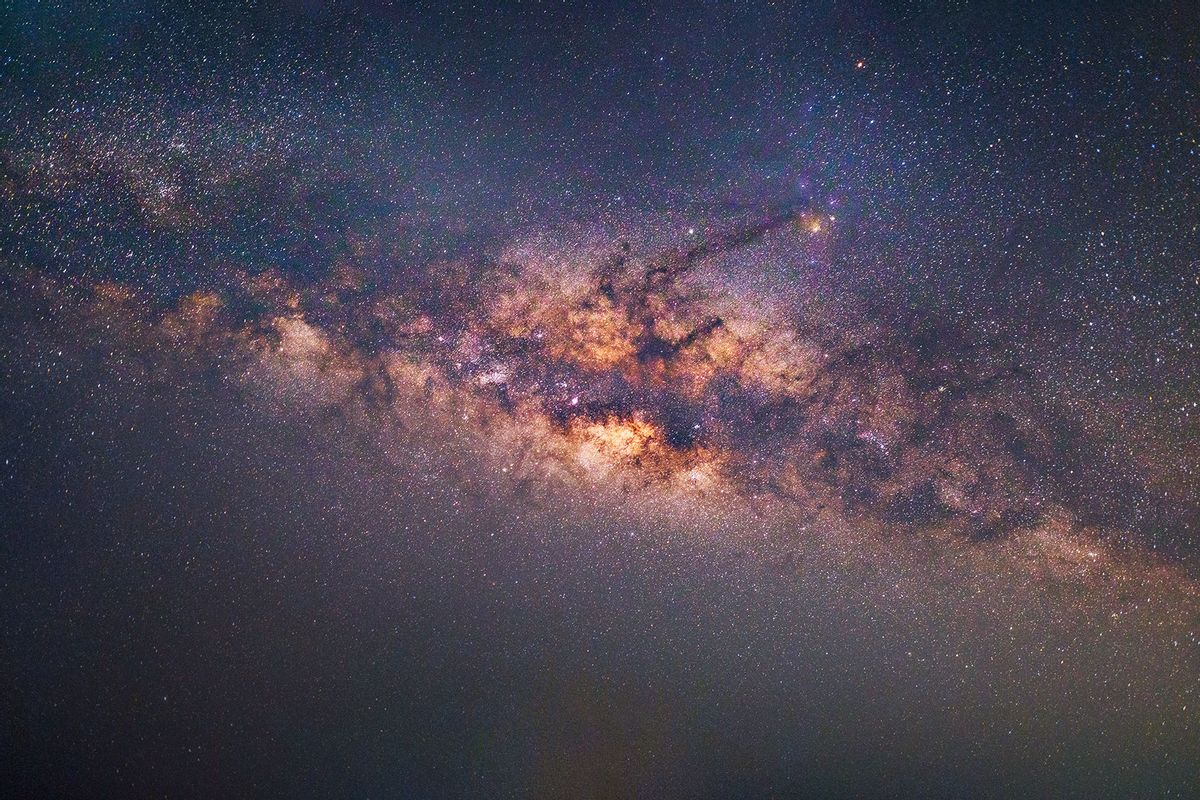In science fiction series like "Star Trek" and "Star Wars," spaceships can flit around the galaxy thanks to detailed star maps that they navigate in faster-than-light ships. Here on Earth, we lack a comparable Google Maps version of our Milky Way galaxy — or at least, we did.
That's because astronomers have recently released a new and more detailed catalog of the Milky Way, called DECaPS2, which includes 3.32 billion celestial objects. Yes, you read that right: 3.32 billion. The new catalog is the largest roadmap of our galaxy thus far, and brings to light a greater understanding of the intricacies and nuances of the galaxy we live in.
"This is quite a technical feat. Imagine a group photo of over three billion people and every single individual is recognizable!" said Debra Fischer, division director of Astronomical Sciences at NSF (National Science Foundation) in a statement. "Astronomers will be poring over this detailed portrait of more than three billion stars in the Milky Way for decades to come."
Assembling the catalog was an enormous and almost unthinkable undertaking, but thanks to the Cerro Tololo Inter-American Observatory (CTIO) — which is located at an altitude of 2,200 meters atop Cerro Tololo in Chile — the observatory's unique vantage point gave astronomers an opportunity to capture data from the southern hemisphere in great detail. The new catalog now shifts the perspective of scientists viewing the Milky Way since data was gathered from the southern hemisphere. The first round of data was released in 2017; in addition to the new data, astronomers believe the new catalog covers 6.5 percent of the night sky.
"One of the main reasons for the success of DECaPS2 is that we simply pointed at a region with an extraordinarily high density of stars and were careful about identifying sources that appear nearly on top of each other," said Andrew Saydjari, graduate student at Harvard University, researcher at the Center for Astrophysics | Harvard & Smithsonian and lead author of the paper, in a statement. "Doing so allowed us to produce the largest such catalog ever from a single camera, in terms of the number of objects observed."
"Astronomers rely on catalogs like these to extract and compress the information in images of the sky about the galaxy in which we live," Saydjari said. "For example, from them we can learn about galactic structure, galactic dust distributions, and star formation."
When it comes to the Milky Way, most of the stars are located in its disk, which looks like the blob of light we see in photos of our galaxy edge-on (the only view we can see, thanks to being situated directly inside one of the spiral arms of our galaxy). While this spiral makes for iconic photographs of our galaxy, it's more difficult to observe the Galactic plane and parse out the enormous number of stars. Indeed, with 100 billion stars in the Milky Way, clouds of dust have long prevented us from seeing the other side — until now.
"When combined with images from Pan-STARRS 1, DECaPS2 completes a 360-degree panoramic view of the Milky Way's disk and additionally reaches much fainter stars," said Edward Schlafly, a researcher at the AURA-managed Space Telescope Science Institute and a co-author of the paper said in a statement. "With this new survey, we can map the three-dimensional structure of the Milky Way's stars and dust in unprecedented detail."
In an email to Salon, Saydjari said the catalog will be an incredibly useful tool for astronomers.
"Astronomers rely on catalogs like these to extract and compress the information in images of the sky about the galaxy in which we live," Saydjari said. "For example, from them we can learn about galactic structure, galactic dust distributions, and star formation."
Saydjari added he hopes people see that sometimes in astronomy the unthinkable is possible.
"I hope people understand just how much information about our galaxy is out there if we apply careful and rigorous statistical analyses," Saydjari said. "Our program was relatively small in terms of the amount of telescope time, but we were able to have a big impact by going after the hard problem of crowded dense fields and by spending lots of time on careful software and statistical development."



Shares